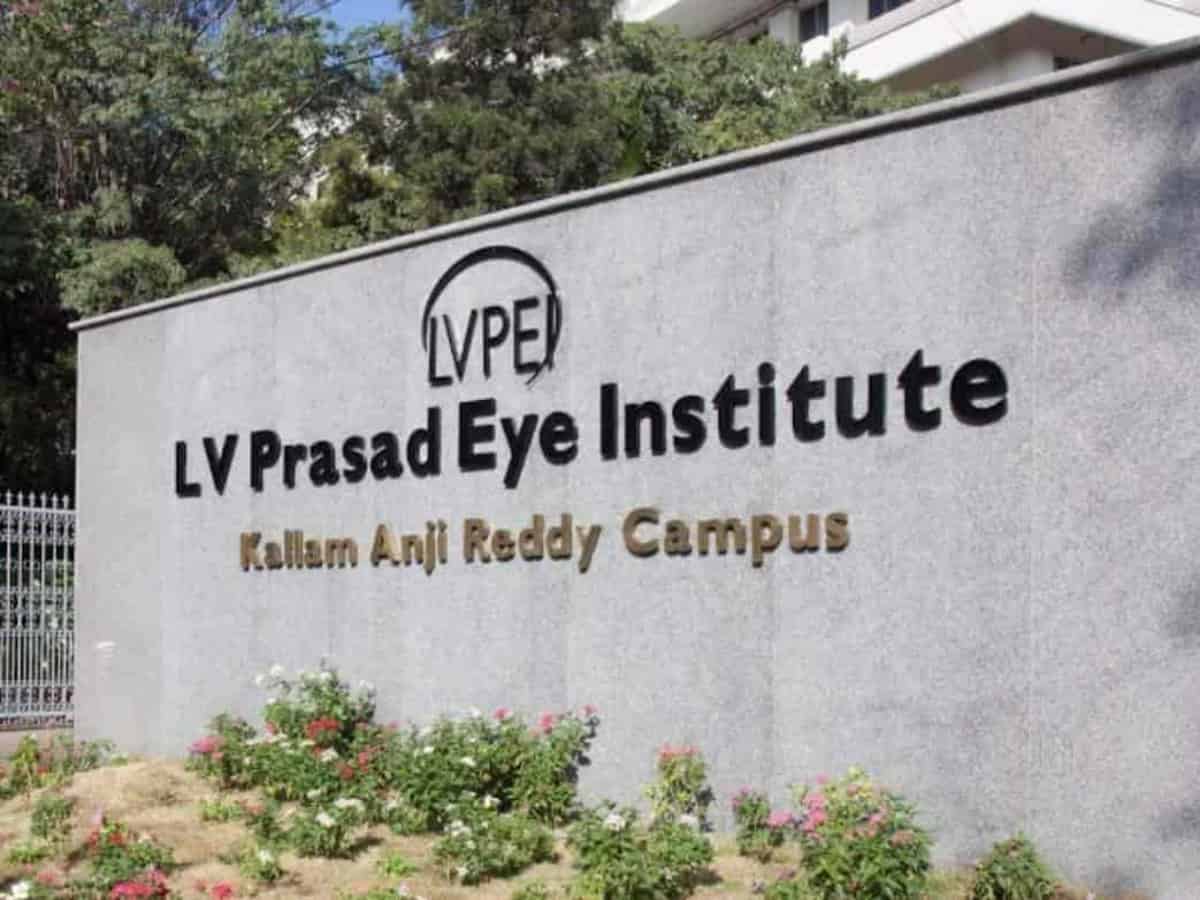
Hyderabad: L V Prasad Eye Institute (LVPEI) in Hyderabad will be organizing a ‘Children’s Eye Care Walk’ on Sunday, November 19 from Banjara Hills.
Citizens have been invited to join the walk at 7 am from its Kallam Anji Reddy Campus in Banjara Hills.
The initiative has been taken as part of the Children’s Eye Care Week (November 13-19) while the institute undertakes various activities to raise awareness about refractive errors in children.
Uncorrected refractive error is one of the leading causes of blindness worldwide and accounts for 20 percent of India’s total visually impaired population.
However, an eye examination at one, three, and five years is paramount to early diagnosis and treatment of refractive errors and other eye problems in children.
What are refractive errors?
Refractive errors occur due to natural differences in eyeball sizes, affecting how we process the images. To understand it, we can imagine our eye as a camera and the retina as its film.
Refractive errors occur when the eye’s shape doesn’t let light focus correctly on this “film” at the back of the eyes. Types of refractive errors include Myopia (nearsightedness), hypermetropia (farsightedness), and astigmatism (eye focus well in one direction).
Children with these conditions often struggle with basic daily tasks. They may experience frequent headaches, eyestrain, and fatigue while reading and may even develop squint as they adapt to the refractive errors.
Recent data underscores the global significance of uncorrected refractive errors, emerging as a leading cause of blindness.
Without proactive measures, projections indicate that nearly half of the world’s population (5 billion) will be affected by 2050.
The gravity of the situation is further highlighted in urban India, where an anticipated 48 percent of children may battle Myopia by 2050.
What causes refractive errors?
The reasons for the surge in refractive errors are complex. Genetics play a role, with a higher likelihood of Myopia if one or both parents have it.
Environmental factors, such as prolonged near-work, excessive screen time, and insufficient outdoor activities, predispose one to Myopia.
Exposure to dust and smoke can cause eye allergies, and constant eye rubbing can increase the risk of astigmatism.
The impact of these conditions on children is profound. Children adapt to their blurred vision, adjusting to close-range activities and avoiding tasks that require sharp focus, affecting their academic performance and taking a toll on their psychological well-being.
Pediatric Ophthalmologist at LVPEI Hyderabad, Dr Rohan Nalawade emphasized the significance of recognizing tell-tale symptoms of refractive errors, urging immediate consultation with an eye specialist upon their observation.
“These crucial indicators include reading or watching television at a close distance, experiencing difficulty in seeing the blackboard clearly at school, frequent headaches and eyestrain, and squeezing or squinting of the eyes. Ignoring these signs may compromise visual health, making early intervention imperative for optimal eye care,” briefed the doctor.
Diagnosis and treatment
Eye examinations at one, three, and five years are paramount to diagnosing and treating refractive errors early. Thankfully, refractive errors are treatable with simple solutions like glasses or contact lenses.
But, regular follow-ups to check for changes in glass prescription, treatment of lazy eye and treatment of progressive refractive errors are crucial to ensuring optimal vision.
Preventive measures
1) Manage Screen Time: Balance screen use and physical activities. A safe amount of screen time varies by age. Indian Academy of Pediatrics recommends that children below two years should not be exposed to any screen.
Furthermore, exposure should be limited to one hour of supervised screen time per day for children between two and under five years of age and less than two hours per day for children 6-10.
2) Encourage Outdoor Time: Children spending at least 60 minutes outdoors daily reduce their risk of Myopia by over 14%. Therefore, ophthalmologists promote outdoor play for overall well-being.
3) Follow the 20-20-20 Rule: Break every 20 minutes of near work with a 20-second break, focusing on an object 20 feet away. It helps relieve eye strain and discomfort.
4) Optimal Reading Habits: Maintain a 15-inch distance and a 60-degree angle while reading. Ensure well-lit environments to prevent eye strain.



